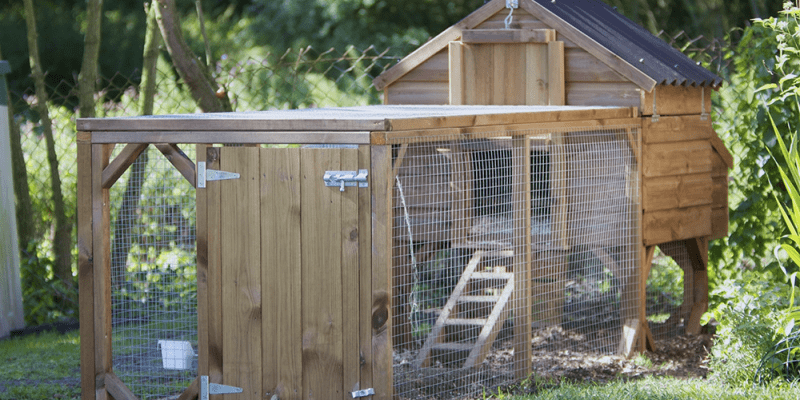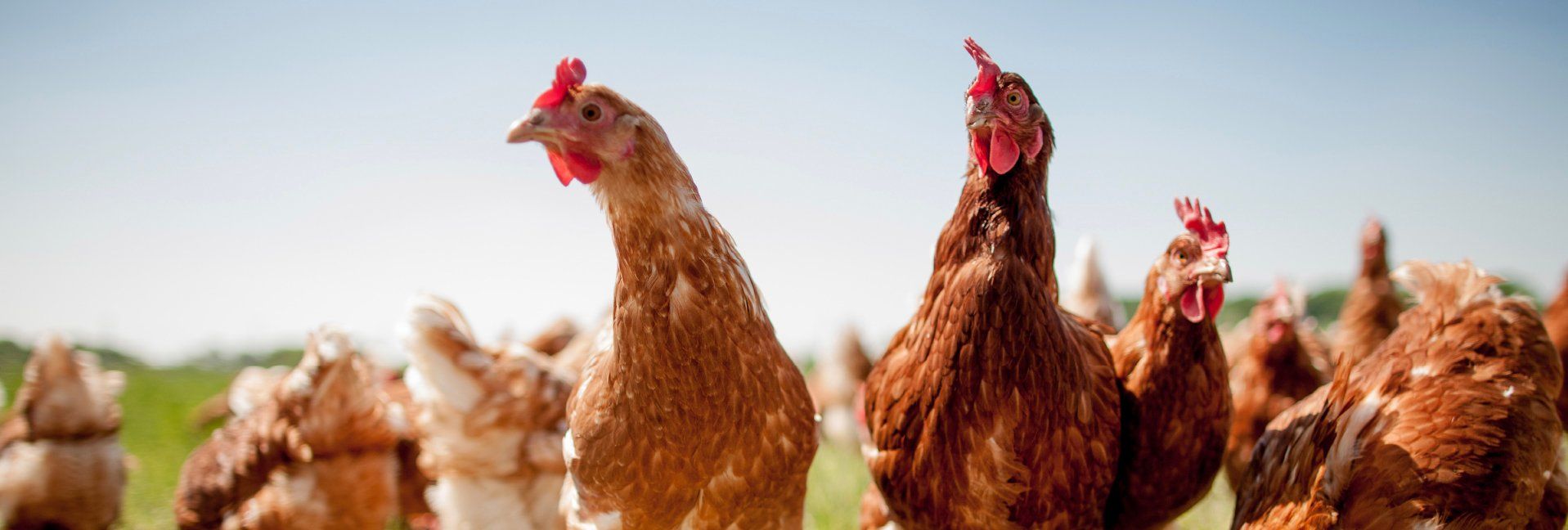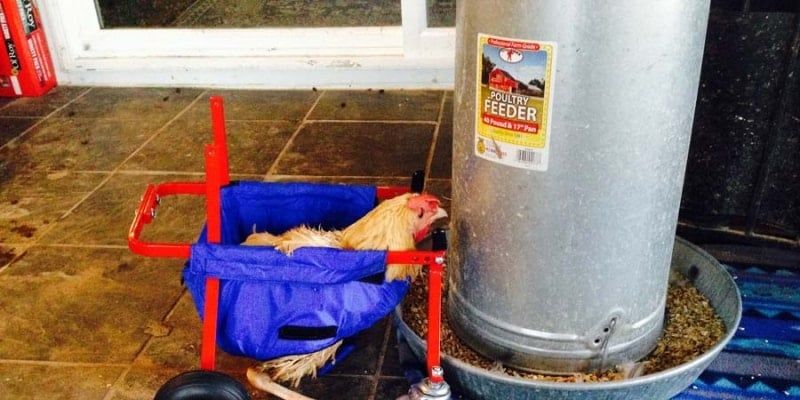Chicken Coop Checklist


Designing a coop is one of the true highlights along the path of poultry possession. But before you get roped-in and purchase the first coop you see, take a moment to read this article to find out what to consider to make sure you get the perfect coop for your situation.
Zoning restrictions
Before you buy a coop—or the first two-by-four to build your own—it’s worth picking up the phone to clarify local zoning regulations and make sure you’re allowed to keep chickens. If keeping chickens is legal, check if there are limits on the number of birds you can keep or if you’re allowed to keep roosters.
Your city or county may also have setback limits for coops, or “accessory structures” that are on your property. Talk with your neighbors to get their feelings on your potential new venture and be sure to take the time to answer all of their questions even if you need to get back to them.
Placement
Think carefully about where in the yard the coop should be placed. While you want to provide access to shade, building directly beneath a tree isn’t ideal because wild birds may roost above, potentially introducing disease or parasites. Will the neighbor’s dog harass your birds if you build too close to the property line? Do you intend to mow all the way around it? If so, measure your lawnmower first to make sure you have room. Spend a couple of days looking at the dimensions before you get started to make sure you really like the spot.
Many coops are stationary while others are designed to move around. Do you have enough space for a mobile coop, or do you want a stationary coop with multiple runs? Multiple runs allow chickens to move to fresh grass periodically and give owners the opportunity to plant different grass blends and vegetation in each run. If you provide just one chicken run, your flock will quickly denude it and likely leave a muddy mess in the winter.
Predator proofing
The coop needs to be safe and snug, and you’re responsible for keeping your birds in good care. Don’t think for a moment that predators don’t live in your area. They are around and will eventually find your flock.
Bury wire fencing around your run at least 18 to 24 inches deep to prevent digging predators from gaining access. Cover your runs with a solid top to keep out wild bird droppings. At the bare minimum, cover your coop with heavy duty double knotted one-inch netting to keep out aerial predators. If your coop has a wire mesh floor, make sure it is closed off so predators—like raccoons—don’t pull your birds through the wire.
Essential coop components
Square footage: The amount of square feet needed for your birds to be comfortable within the coop is important to the coop’s overall harmony. Your chickens’ size is key to the square footage required per bird. The average large fowl brown-shelled egg layer (like Production Red, Chantecler, Sussex, or Holland) will need at least two square feet per bird. Smaller breeds will also do fine with the space. Bantam breeds require less space: approximately 1.5 square feet per bird. Big breeds like Cochin, Jersey Giant, and Phoenix need additional space due to size and special features, such as the Phoenix’ long tail. Consider three to four square feet per bird in these cases.
Height: Who will care for the chickens on a daily basis? The tallest person doing so should be considered in your chicken coop design—nobody likes to hit their head on rafters or doorways when doing chores. If you are older, consider your physical capabilities when lifting full waterers or feeders in and out of the coop. While small coops are cute, most require that you kneel down in the snow and mud in the winter to catch a bird or do a cleanout.
Perches: While perching is a learned behavior, your birds will figure it out soon enough and will prefer to perch together at night. Avoid placing perches above the feeder, waterer, or nest boxes. Allow six inches of perch length for each light-bodied hen like Leghorn, Minorca, Campine, or Hamburg. You will likely need 8 to 12 inches of roost space per bird for larger breeds. A round piece of wood or a square board with slightly rounded corners will do the trick as a perch or roosting pole.
Nest boxes: Plan for one nest box for every four hens and the easier they are to clean, the better. Try shavings in the nest box to keep the eggs clean. Or, for a better solution, use a plastic liner to prevent the chickens from roosting and defecating in the nest box which leads to dirty eggs. Look for plastic or galvanized metal nest boxes that are easy to take apart for cleaning and disinfecting.
Ventilation: Good airflow is just good sense—your chickens won’t stay in a stuffy coop in the summer and they’ll gasp for fresh air in the winter when “cooped up” during a snow storm. A window or two will help, but be sure to place chicken wire over the windows to keep your birds from flying out and predators from coming in.
Popholes: The pophole, or chicken door, should be wide enough to let multiple birds in at a time. Why multiple birds? If they’re panicked by a predator, they’ll bottleneck at the entrance if only one can enter at a time. Additionally, some breeds dominate the doorway and will prevent their flock-mates from entering or leaving through the pophole. If the doorway is wider—or if more than one is provided—then the dominant bird loses its advantage and peace is maintained. Popholes should also have a lock so that you can shut them at night against predators and the cold.
Bedding: The bedding in your coop should be made of soft absorbent material. Slick surfaces lead to leg problems, so avoid shredded newspaper. Straw is less absorbent than wood shavings and will lead to higher ammonia levels. Bear in mind that while straw is cheap, you will need to clean the coop more often if you smell ammonia. While there is debate over the type of wood shavings to use, I recommend pine shavings since they are both affordable and readily available.
Feeders and waterers: Subtract the corresponding floor space from your initial calculations if you place the feeders and waterers on the floor. Feeders can be hung from the rafters or ceiling using chain or rope. Newer, modern waterers use closed, nipple drinking systems to avoid the problem of feces or shavings entering the water. Companies like Brite-Tap or The Chicken Fountain offer nipple drinkers. The latter system can also be hung or mounted on the wall to further maximize floor space.
Optional amenities: Consider insulating the walls and roof of your coop, although this isn’t necessary right away. Chickens eat Styrofoam insulation, so make sure it’s covered. Electricity is nice, but only required if you plan on using a light, fan, water heater base, or heat. Some people will run water to the coop and place a spigot nearby—another way to make chores easier.
Hopefully, this information will help you decide on which coop to buy or build. Remember, you aren’t living in the coop, but you will need to lift, bend, clean, and maneuver around comfortably in it. It isn’t necessarily all about the chicken’s comfort, but yours as well. A happy owner keeps a comfy and clean coop, and happy chickens lay lots of eggs!
Tags:Poultry Today

Chicken Whisperer is part of the Catalyst Communications Network publication family.











